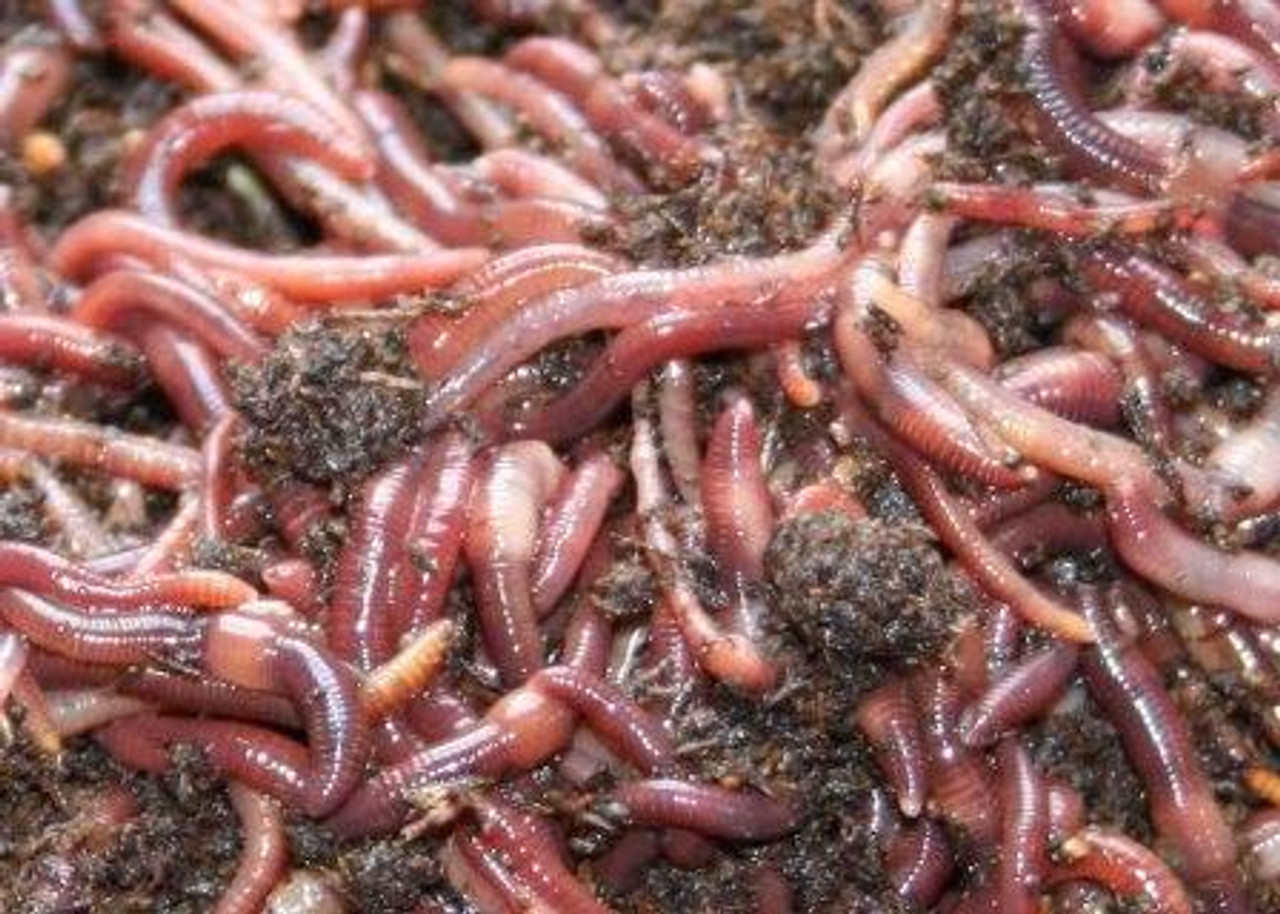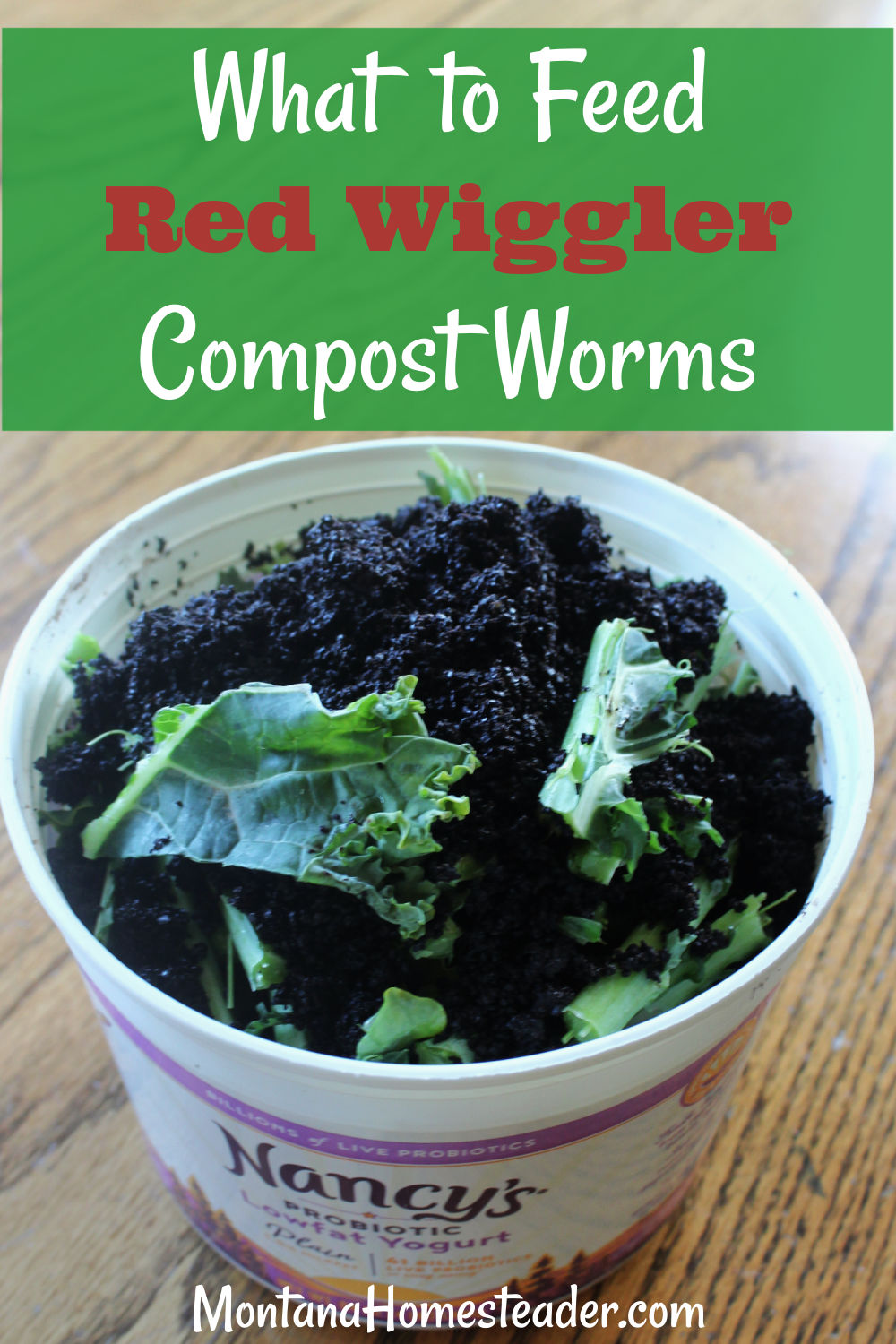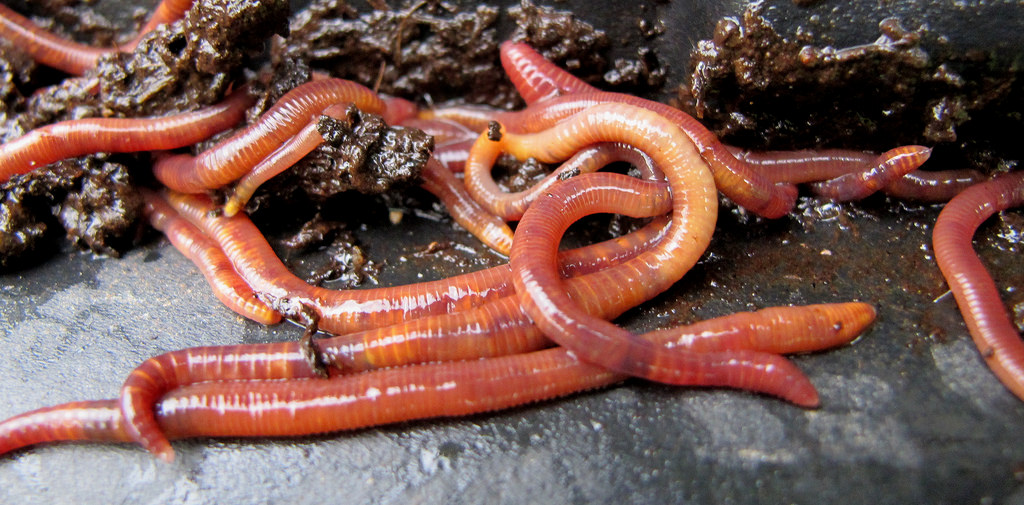Open the Keys of Red Wigglers: Your Guide to Composting Success
The combination of red wigglers right into composting methods offers a considerable possibility for boosting dirt health and wellness and advertising sustainability. Comprehending their needs and actions is vital for enhancing their possibility, from establishing up a suitable worm container to feeding them the ideal products.

What Are Red Wigglers?
(Red Wiggler Express)Red wigglers, scientifically recognized as Eisenia fetida, are a species of earthworm mostly made use of in composting due to their impressive capability to decay raw material effectively. These worms are identified by their reddish-brown pigmentation and a fractional body, typically determining between 3 to 4 inches in length. Unlike various other earthworm species, red wigglers thrive in rich, natural environments, making them perfect for vermicomposting systems.
Belonging To The United States And copyright, they are usually discovered in decaying fallen leaves and compost stacks, where they play an important function in nutrient recycling. Their adjustment to residing in a wet, aerobic atmosphere enables them to take in huge amounts of organic waste, damaging it down right into nutrient-rich spreadings that improve soil health.
Red wigglers replicate swiftly, with a single worm efficient in generating a number of cocoons each week, each having multiple hatchlings. This rapid recreation rate adds to their efficiency in composting procedures. They favor temperatures in between 60 ° F and 80 ° F, and their task level raises dramatically within this range, more helping in the decay procedure. Comprehending the biology and behavior of red wigglers is vital for maximizing their potential in composting applications.
Benefits of Utilizing Red Wigglers
Utilizing the power of red wigglers in composting supplies countless benefits that improve dirt health and promote lasting waste management. These impressive microorganisms effectively damage down raw material, transforming kitchen area scraps and backyard waste into nutrient-rich vermicompost. This completed product is incredibly beneficial for plant development, as it enhances dirt structure, boosts wetness retention, and boosts nutrient schedule.

(Red Wiggler Express)In addition, the presence of red wigglers in your composting system can speed up the composting procedure, creating top notch compost in a portion of the moment contrasted to traditional methods. The castings generated by these worms are likewise brimming with beneficial bacteria that even more enrich the dirt ecological community.
Establishing Your Worm Bin
Creating an efficient worm bin is a straightforward procedure that can substantially improve your composting efforts. The first step is picking an appropriate container. Worm bins can be made from plastic storage bins, wood boxes, or commercially offered worm containers. Guarantee the bin has ample drain and air flow openings to preserve optimal moisture degrees and air flow.
Following, prepare the bed linen product, which serves as the worms' habitat. A mix of shredded newspaper, cardboard, and coconut coir works well, offering a comfortable atmosphere for the worms.

Feeding Your Red Wigglers
To make sure the health and wellness and efficiency of your red wigglers, it is necessary to give them with a well balanced diet regimen that fulfills their nutritional needs. Red wigglers thrive on a diverse range of organic products, which not just provide required nutrients but likewise promote reliable composting.
Beginning by integrating kitchen area scraps such as veggie peels, fruit cores, and coffee grounds. link Stay clear of citrus fruits, onions, and garlic, as these can be destructive to worm wellness. In addition, introduce shredded paper, cardboard, and completely dry fallen leaves to produce a well-aerated atmosphere.
Feeding frequency must be kept track of; typically, worms can take in half their body weight in food weekly. It is critical to avoid overfeeding, as excess food can result in undesirable odors and attract parasites. An excellent technique is to add food in percentages, enabling worms to refine it prior to introducing much more.
Preserving dampness levels is additionally vital; the bed linen must be damp but not soaked. Be sure to regularly examine the temperature and pH degrees of the bin to make sure an ideal atmosphere for your red wigglers, inevitably improving their composting performance.
Harvesting and Making Use Of Compost
An effective composting process with red wigglers finishes in the abundant, dark compost referred to as vermicompost, which can dramatically improve dirt health and wellness and plant development. Harvesting this nutrient-dense product usually occurs every 3 to six months, depending on the size of your system and the quantity of organic matter being refined.
To gather, carefully different the garden compost from the worms and any kind of undecomposed materials. One reliable method entails moving the components of the container away and including fresh bed linen and food to the void, encouraging the worms to migrate. After a couple of days, the compost can be collected from the contrary side.
It is vital to use vermicompost properly to maximize its advantages. By integrating vermicompost into your gardening program, you not only reuse natural waste yet also create a growing community that sustains lasting horticulture techniques.
Conclusion
In summary, red wigglers offer as outstanding allies in composting initiatives, transforming natural waste into nutrient-rich vermicompost. By recognizing the optimal conditions for their habitat, feeding requirements, and garden compost harvesting methods, gardeners can enhance dirt health and wellness and promote plant vitality.